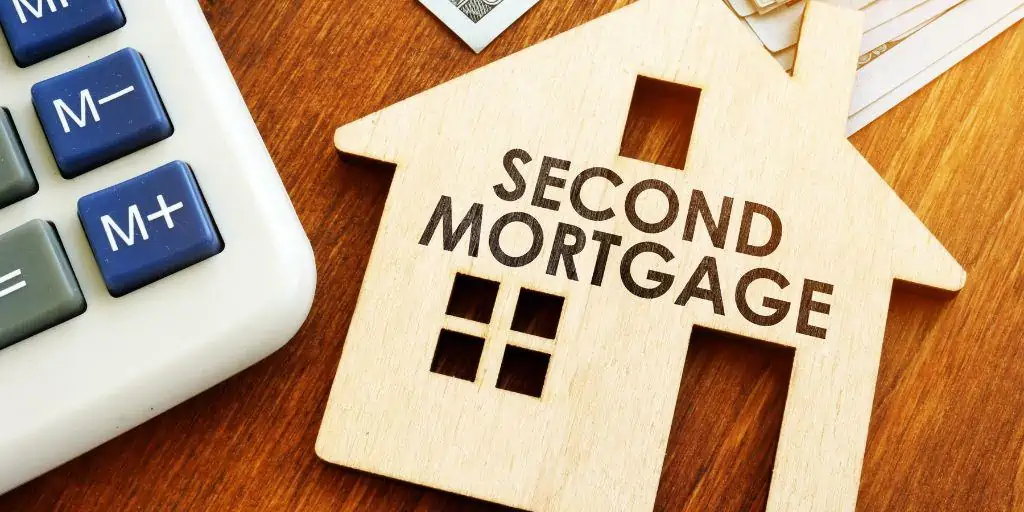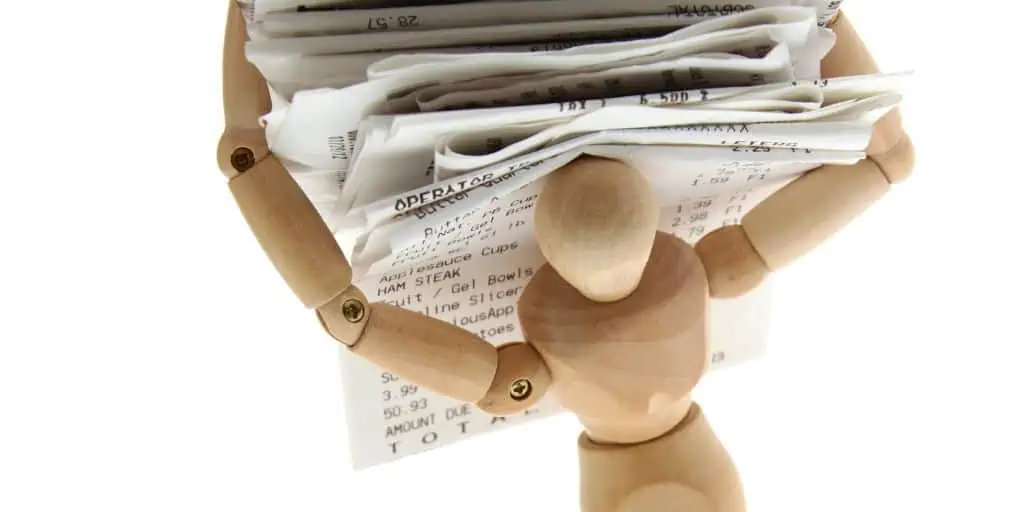What Is Cross Collateralization?
REtipster does not provide tax, investment, or financial advice. Always seek the help of a licensed financial professional before taking action.
How Does Cross Collateralization Work?
Cross collateralization occurs when a borrower uses the collateral for one loan as collateral for another loan (or multiple other loans).
A common example of cross collateralization in real estate is when someone takes out a second mortgage on their property. They originally used the property as collateral to take out the first loan to buy it, and are now taking out another loan using the same property for collateral.

For borrowers, this can be a good way to lower the cost of borrowing money and streamline the lending process, especially if they are getting the new loan(s) from the same lender. On the other hand, lenders use cross collateralization to attract customers by offering more competitive rates on loan products[1].
Another way is by using multiple assets to secure a loan (or multiple loans), such as in a blanket mortgage[2] situation. Under this setup, the lender can aggregate all the properties involved in the deal and use them to collateralize multiple loans in one go. This is a much more efficient way to finance multi-property deals instead of obtaining loans one at a time.
What Types of Loans Can Be Cross Collateralized?
While cross collateralization is common in real estate mortgages, it can also be applied to other types of loans[3], including personal loans, commercial loans, investment loans, and even credit cards.
Cross collateralization is popular among credit unions[4] because it reduces their exposure to potential loss. This allows them to offer more favorable terms, especially to individuals with whom they already have an existing relationship. For instance, a credit union may offer low-rate unsecured loans to a borrower who has an existing auto loan savings account with their institution since they can use those as possible collateral for the loan.
Cross collateralization is also commonly used in construction loans. These loans are generally considered riskier compared to traditional mortgages so lenders may employ cross collateralization to limit their exposure.
Note that the loans involved in cross collateralization do not necessarily have to be the same type. For example, a homeowner may be able to use their equity as collateral to take out a new loan that is not a mortgage, even though their home is already being used as collateral for the initial mortgage loan.
Benefits and Downsides of Cross Collateralization
Cross collateralization has its pros and cons, and it is important to understand what they are before using it as a lending method.
Benefits
- Leverage Existing Assets — The ability to leverage equity and other existing assets to obtain new funding is the biggest benefit of cross collateralization. Essentially, assets tied up in existing loans can be turned into money again, making it easier to access funding without having to apply from scratch or find new collateral. Even seasoned investors can benefit greatly from cross collateralization because they can finance multiple deals at once using their aggregate equity.
- Easier to Qualify — Cross collateralization can provide a way for people with less than stellar credit to obtain financing. Because they are securing the new loan with an existing asset, lenders may be more willing to approve them for a cross-collateral loan.
- Lower Interest Rates — Cross collateralization helps provide extra assurance to lenders because it involves putting up an asset as a loan guarantee. This makes lenders feel more comfortable offering lower interest rates for the new loan since the borrower has a greater incentive to make timely repayments.
- Lower Costs — In instances where the same lender holds both the old and new loans, the borrower may benefit from lower processing fees and transaction costs. There may also be other favorable terms, such as longer payment periods and single monthly payments instead of multiple ones.
- Can Be Used to Obtain Different Types of Loans — Under cross collateralization, succeeding loans do not have to be the same type as the original loan. For example, a borrower can use the collateral from their auto loan to obtain a personal loan.
Downsides
While there is no denying the benefits of cross collateralization, there are also risks and drawbacks to keep in mind, including:
- Increased Overall Debt Burden — Additional loans may be easier to obtain with cross collateralization, but now the borrower has a greater overall debt burden. By using the same asset to secure multiple loans, the borrower has to increase the number of payments they make to retain ownership of that asset.
- Increased Risk — A larger debt burden means a higher chance of default, which increases the risk of the lender taking possession of the collateral. This risk is compounded if the borrower pledged multiple assets to secure the loan. If they default, they risk losing more than one valuable asset.
- Decreased Flexibility in the Utility of Each Asset — Using an asset to secure a loan imposes a lien on that asset until the debt is fully paid. For example, if a borrower has an existing auto loan and uses their vehicle as collateral for the second loan, they cannot sell that vehicle even if it is already fully paid. Only when the lien on the asset is lifted can it be used freely by the owner.
- Harder to Access New Financing in the Future — Cross collateralization can enable borrowers to take out another loan from the same lender. However, if borrowers need to take out new loans in the future, especially from another lender, they may face stiff qualification requirements because so many of their assets are already tied up.
Is Cross Collateralization Legal?
Cross collateralization is legally allowed and is a fairly common practice. However, lenders must inform the borrower that they are applying cross collateralization.
In any case, it is important to read the fine print before signing the loan agreement. Lenders may obtain consent to cross-collateralization by expressly asking for it or through a dragnet clause[5] included in the contract. This clause may allow the lender to use the collateral given to secure one loan and other obligations the borrower has to the lender.
Takeaways
- Cross collateralization is using the collateral for an existing loan to secure another loan. In other words, it involves a single collateral to secure multiple loans. Cross collateralization can be applied to different types of loans, including mortgages, auto loans, credit cards, and personal loans.
- One of the most common examples of cross collateralization in real estate is when a person takes out a second mortgage on their primary residence.
- The main benefits of cross collateralization include the ability to leverage existing assets to obtain additional funding and lower interest rates.
- However, it can also be risky because it increases the borrower’s overall debt burden, which increases the chances of a default. Failing to pay either loan can result in the lender seizing the asset.
Sources
- What is cross-collateralization and how does it work? LendingTree. (n.d.). Retrieved from https://www.lendingtree.com/home/mortgage/cross-collateralization/
- Kagan, J. (2021, September 19). What is a blanket mortgage? Investopedia. Retrieved from https://www.investopedia.com/terms/b/blanket_mortgage.asp
- Cross collateralization. Corporate Finance Institute. (n.d.). Retrieved from https://corporatefinanceinstitute.com/resources/knowledge/credit/cross-collateralization/
- White, A. (2022, April 22). What is a credit union? CNBC. Retrieved from https://www.cnbc.com/select/what-is-a-credit-union/
- Dragnet clause | practical law – westlaw. (n.d.). Retrieved from https://content.next.westlaw.com/practical-law/document/Id4cf1938f3ad11e28578f7ccc38dcbee/Dragnet-Clause?viewType=FullText&contextData=(sc.Default)








